
Operation Barbarossa, Hitler’s grand plan to invade the Soviet Union in the summer of 1941, was characterized by its audaciousness. Intended to mirror the swift Blitzkrieg tactics employed in the previous year’s conquest of western Europe, the operation instead resulted in a protracted and devastating conflict, claiming millions of lives. The surprise assault by the Nazis on the Soviets was a stark contrast to the non-aggression pact signed between Hitler and the Soviet leader, Joseph Stalin, less than two years prior.
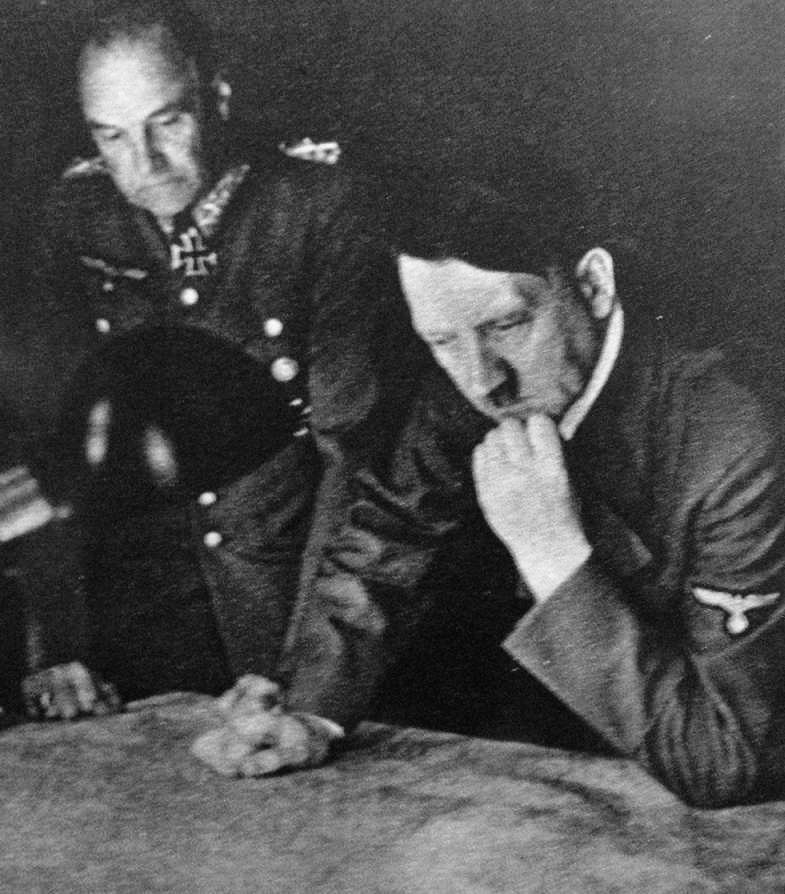
The abrupt transformation of their apparent friendship into bitter enmity reshaped the global landscape. Britain and the United States found themselves aligning with the Soviets, fundamentally altering the dynamics of the European theater of war.

Adolf Hitler’s long-standing ambition for a German empire stretching eastward into Soviet territory, known as Lebensraum, took shape as early as the mid-1920s. This vision entailed German settlement in the vast expanses to be taken from Russia. Despite this, Hitler signed a non-aggression pact with Stalin on August 23, 1939, just before launching the invasion of Poland on September 1, 1939, marking the start of World War II.
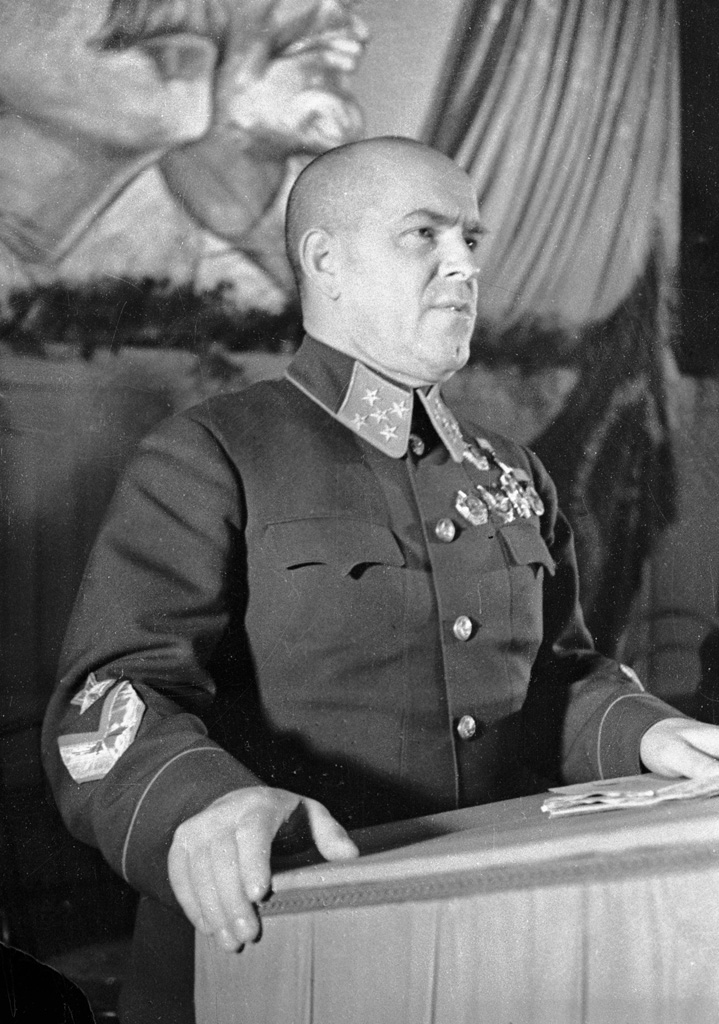
As Germany swiftly conquered Poland and turned its attention westward, Stalin, leveraging the peace with Hitler, fortified Soviet defenses and annexed neighboring territories.
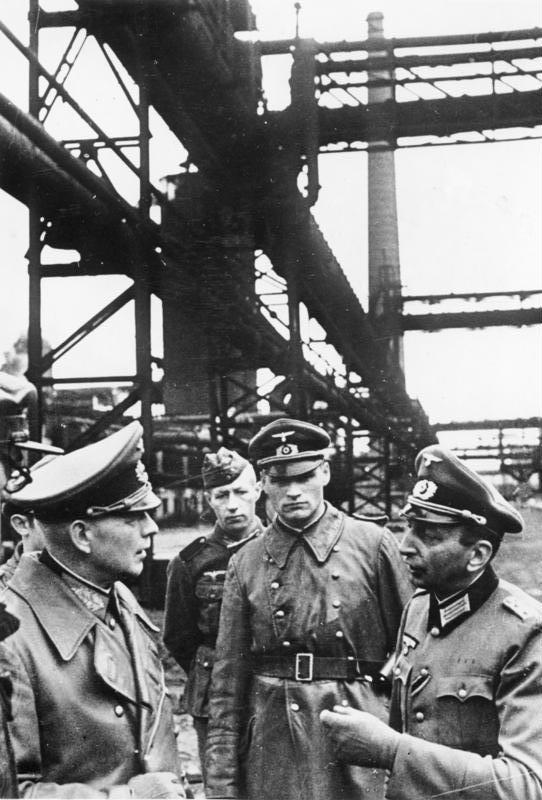
While Hitler contemplated an invasion of Russia, known as Operation Barbarossa, as early as 1940, concerns about Britain’s naval blockade and the strategic importance of Soviet resources prompted the delayed launch of the invasion on June 22, 1941. This unexpected turn of events heralded the commencement of the Nazi-Soviet conflict, altering the dynamics of the war and reshaping global alliances.
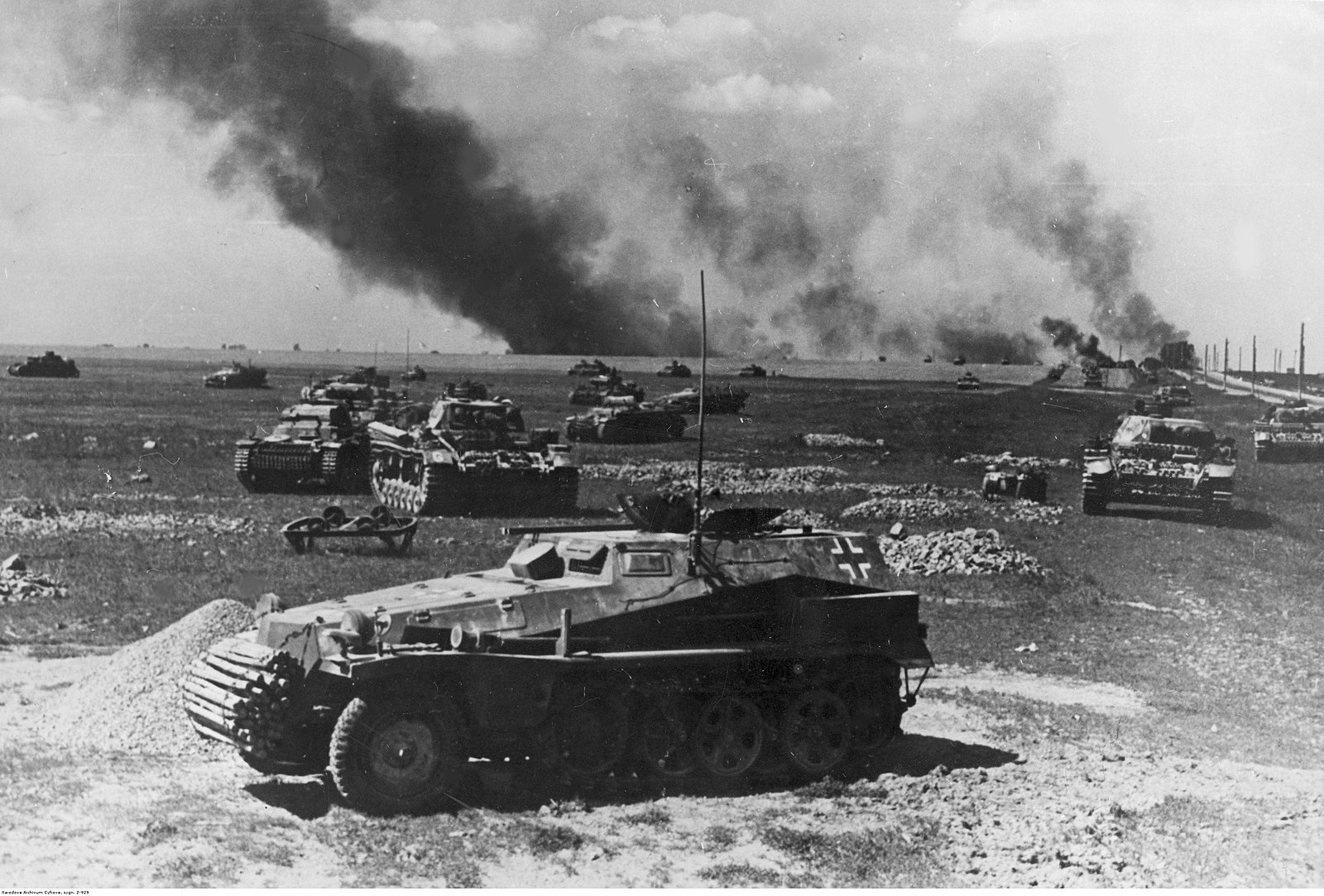
While Operation Barbarossa served as a military campaign aimed at facilitating Hitler’s European conquest, it also harbored a sinister racist and anti-Semitic agenda. Alongside the Wehrmacht’s military actions, Nazi SS units played a prominent role, with civilians in conquered territories subjected to brutalization.

The Einsatzgruppen, tasked with exterminating Jews and Soviet political figures, perpetrated mass killings, resulting in the deaths of an estimated 600,000 Jews by late 1941. This genocidal aspect set a horrific precedent for the Eastern Front, where civilian populations, alongside military casualties, suffered immense devastation throughout the war.
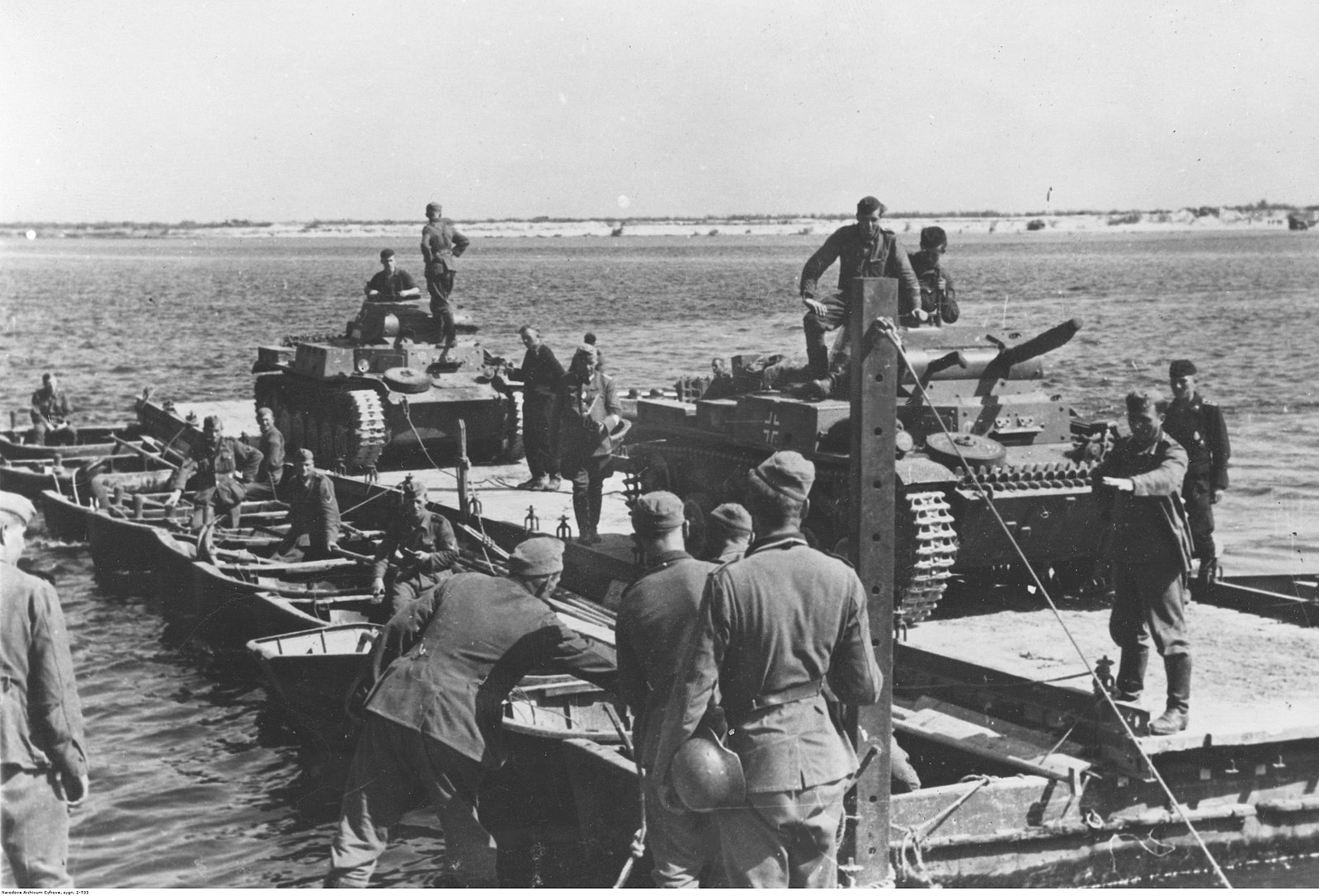
As winter approached, German commanders devised a bold plan to capture Moscow, believing its fall would lead to the collapse of the Soviet Union. Operation “Typhoon” commenced on September 30, 1941, with 1.8 million troops, 1,700 tanks, 14,000 cannons, and significant Luftwaffe support.
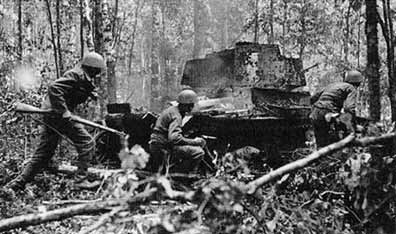
Initial successes saw the Germans bypassing major Soviet defenses, nearing the Russian capital by mid-October. However, their rapid advance outpaced their supply lines, stalling their progress and allowing Moscow to reinforce its defenses under General Georgy Zhukov.
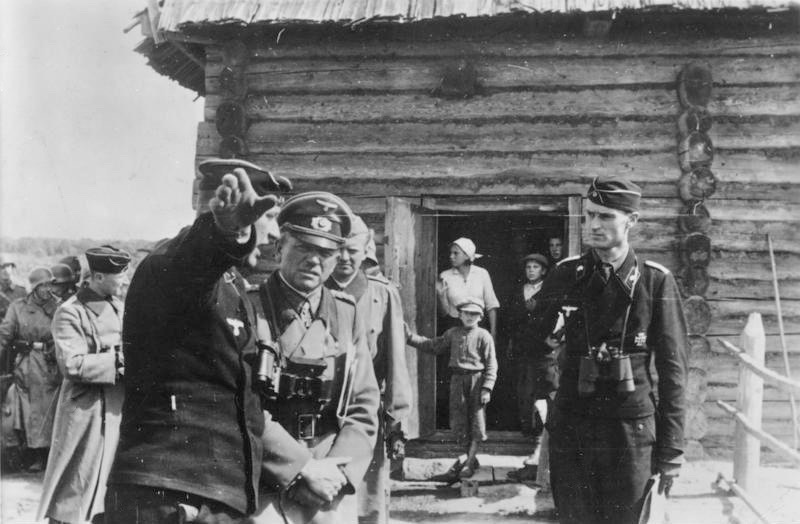
The German’s second assault in late November faltered due to supply issues and harsh winter conditions, enabling the Red Army’s massive counterattack from December 5, 1941.
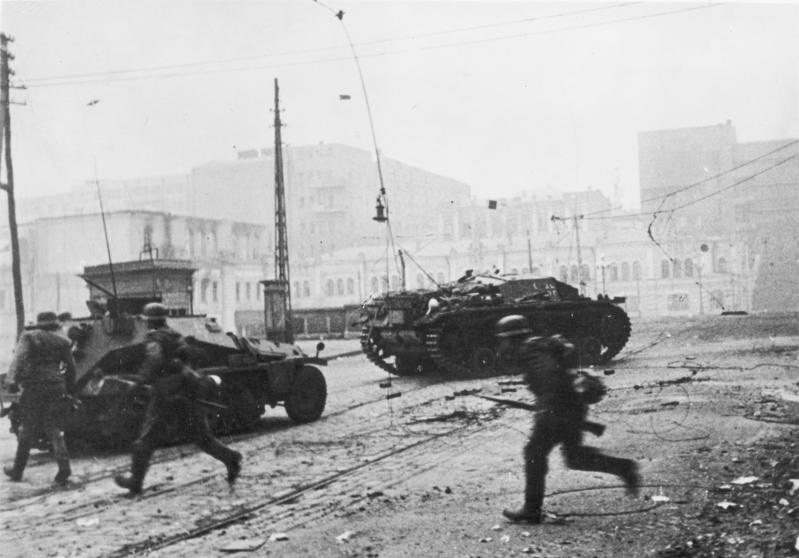
Zhukov orchestrated a relentless assault along a 500-mile front, pushing the Germans back and stabilizing the situation by January 1942. Despite fierce fighting, both sides found themselves in a stalemate until the Red Army’s renewed offensive in spring 1943 aimed at expelling the Germans from Russian territory.
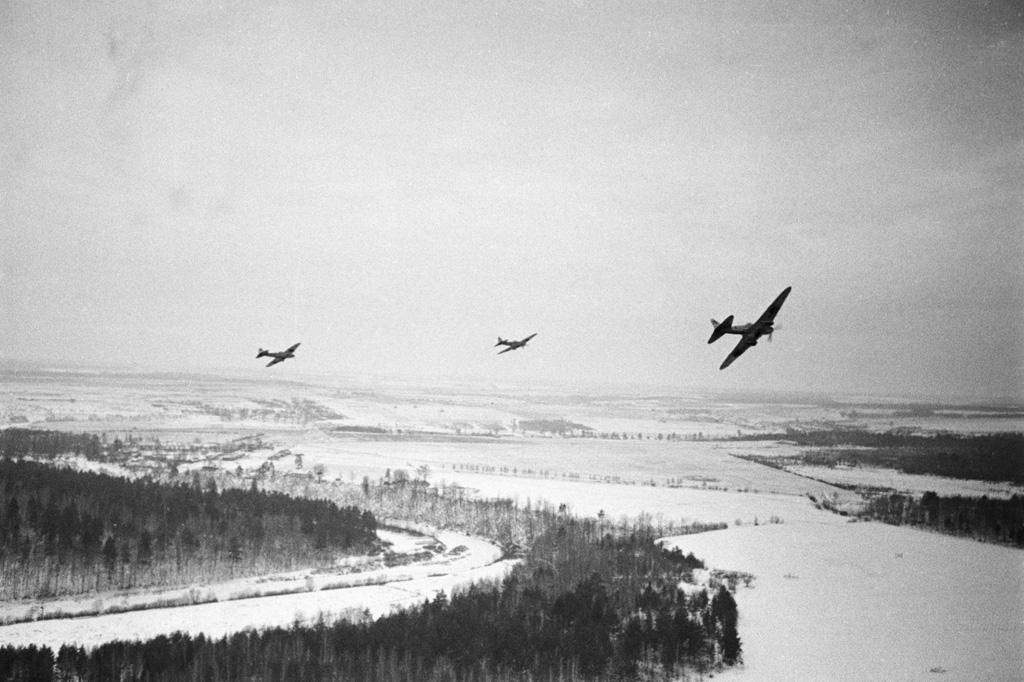
Operation Barbarossa’s failure dashed Hitler’s hopes of a swift victory over the Soviet Union and forced the Nazi war machine into a prolonged and costly conflict in the East. Despite Russian expectations of a German offensive targeting Moscow, Hitler redirected his forces to the industrial city of Stalingrad in August 1942.
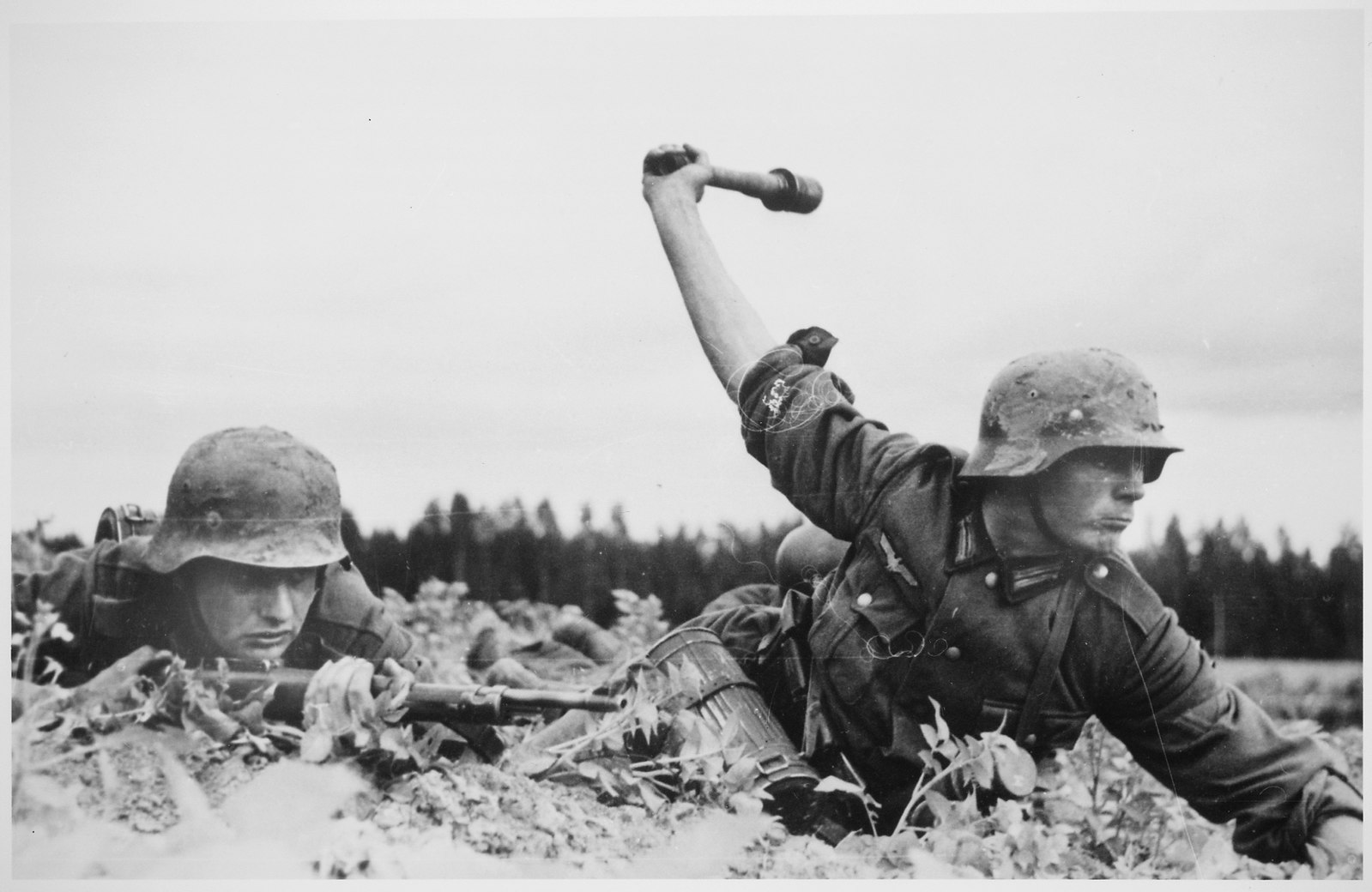
The ensuing battle, lasting from August 1942 to February 1943, became one of history’s deadliest, resulting in an estimated two million casualties, including tens of thousands of civilians. Hitler’s orders to execute male defenders intensified the brutal fight, with conditions in the devastated city deteriorating rapidly.
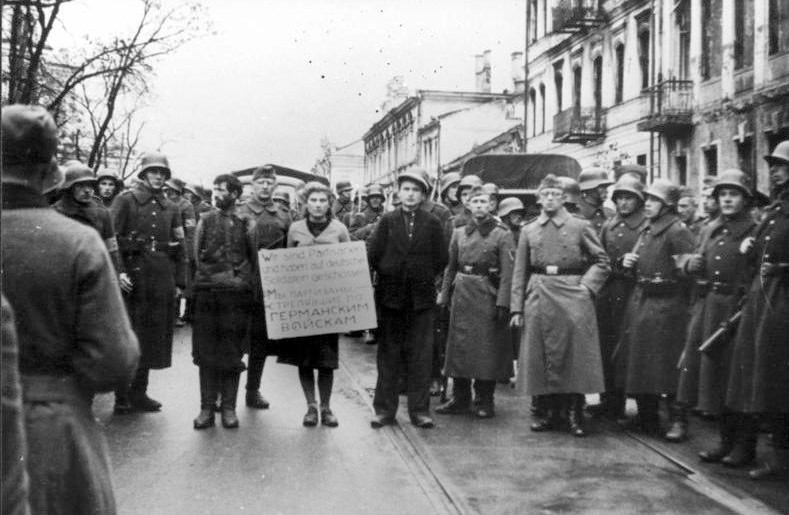
Despite Stalin’s reinforcement efforts and the encirclement of German troops, the Red Army’s counterattack in spring 1943 marked a turning point, leading to the eventual defeat of German forces. The loss at Stalingrad halted Hitler’s advance and shifted the momentum of the war.
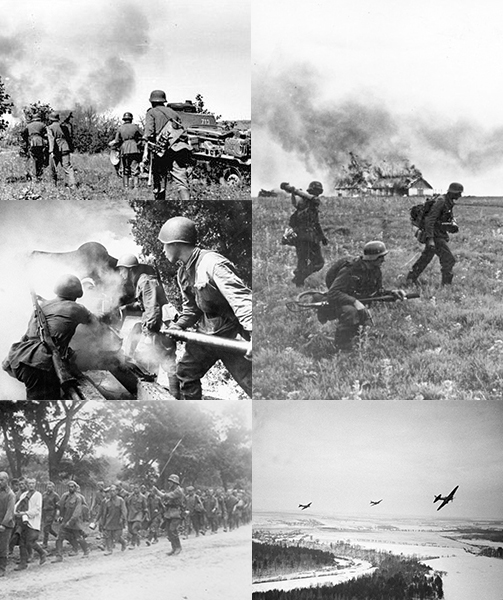
As the United States and Britain began supplying the Soviet Union and the Red Army’s resilience bolstered allied morale, the Germans found themselves fighting a defensive battle on two fronts. By April 1945, the Red Army’s advance on Berlin sealed the fate of Nazi Germany, marking the ultimate failure of Hitler’s invasion of Russia.
Relevant articles:
– Operation Barbarossa: The Biggest of All Time, The National WWII Museum | New Orleans
– Operation Barbarossa And Germany’s Failure In The Soviet Union, Imperial War Museums
– The American Heritage Museum, The American Heritage Museum
– Operation Barbarossa | History, Summary, Combatants, Casualties, & Facts, Britannica
